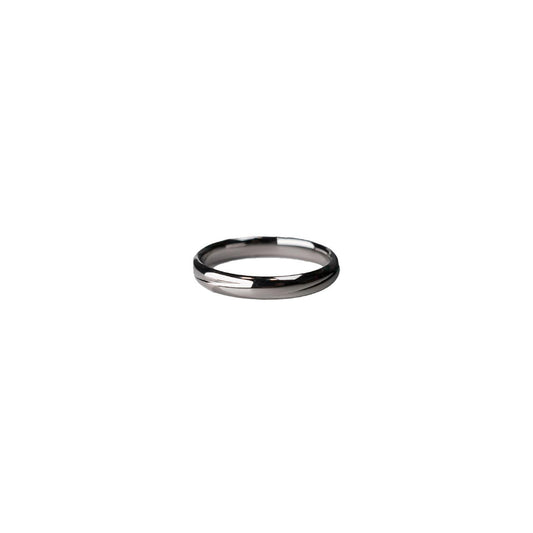Diamond Tester on Lab Grown Diamonds A Curious Twist in Gemology
Diamond Tester on Lab Grown Diamonds A Curious Twist in Gemology
Once upon a time, I found myself pondering the mystery of diamonds. My grandmother had passed down a beautiful family ring, boasting a sparkling rock that seemed to capture the light in a mesmerizing dance. As trends shifted towards sustainability, I began to wonder about lab-grown diamonds, an alternative that promised both beauty and ethical peace of mind.
Lab-grown diamonds, or synthetic diamonds, are making waves in the jewelry market. Unlike their natural counterparts, these gems are created in controlled environments using cutting-edge technology that mimics the high pressure and high temperature conditions of the earth's mantle. This innovative process allows for a flawless creation of diamonds that are physically, chemically, and optically identical to natural diamonds.
Naturally, I had questions. Would a traditional diamond tester—those nifty gadgets that jewelers use to authenticate real diamonds from fakes—recognize a lab-grown diamond? Most diamond testers rely on thermal conductivity to determine the authenticity of a diamond. Since lab-grown diamonds possess the same thermal properties as mined ones, these testers should have no trouble recognizing them as genuine.
But there’s an intriguing twist. High-end testers, which utilize both thermal and electrical conductivity, sometimes cause a bit of confusion. You see, lab-grown diamonds can be produced via High-Pressure High-Temperature (HPHT) or Chemical Vapor Deposition (CVD) methods. Diamonds from the CVD process might contain slight remnants of their growth environment, leading to an electrical conductivity variance that could potentially puzzle advanced testing equipment.
This discrepancy took me back to a whimsical afternoon I spent in a local jeweler’s shop. I watched as the jeweler meticulously tested various diamonds, their brow furrowed in concentration, occasionally stumped by an unexpected reading from a CVD diamond. The process seemed almost like a conversation between the jeweler and the stone, revealing a deeper layer of understanding in gemology.
While pure science backs the similarity of lab-grown and natural diamonds, cultural perceptions are evolving. The younger generation, particularly those of us who grew up with environmental concerns at the forefront, find lab-grown diamonds to be an alluring option. They align with values of sustainability without sacrificing the luxurious aesthetic that diamonds are known for.
For me, it really boils down to more than just science. Lab-grown diamonds represent a shift in how we hold value. They challenge the traditional narrative while embracing modern sensibilities. So if you, like me, appreciate a blend of innovation and tradition, then perhaps a lab-grown gem might find its way into your jewelry box.
As I gazed at my grandmother’s ring, I couldn't help but feel a connection to the past while simultaneously envisioning a future where lab-grown diamonds become a cherished symbol of innovation and ethics, glittering in jewelry boxes around the world. After all, whether lab-grown or mined, it's the story behind the diamond that truly matters.


























